Section 1 General Programming
1.1 Optimization for C++ Games
1.2 Inline Functions Versus Macros
1.3 Programming with
Abstract Interfaces
1.4 Exporting C++ Classes from DLLs
1.5 Protect Yourself from DLL Hell
and Missing OS Functions
1.6 Dynamic Type Information
1.7 A Property Class for Generic
C++ Member Access
1.8 A Game Entity Factory
1.9 Adding Deprecation Facilities
to C++
1.10 A Drop-in Debug Memory
Manager
1.11 A Built-in Game Profiling Module
1.12 Linear Programming Model for
Windows-based Games
1.13 Stack Winding
1.14 Self-Modifying Code
1.15 File Management Using
Resource Files
1.16 Game Input Recording and
Playback
1.17 A Flexible Text Parsing System
1.18 A Generic Tweaker
1.19 Genuine Random Number
Generation
1.20 Using Bloom Filters to
Improve Computational
Performance
1.21 3ds max Skin Exporter and
Animation Toolkit
1.22 Using Web Cameras in
Video Games
Section 2 Mathematics
2.1 Floating-Point Tricks:
Improving Performance with
IEEE Floating Point
2.2 Vector and Plane Tricks
2.3 Fast, Robust Intersection of
3D Line Segments
2.4 Inverse Trajectory
Determination
2.5 The Parallel Transport Frame
2.6 Smooth C2 Quaternion-based
Flythrough Paths
2.7 Recursive Dimensional
Clustering: A Fast Algorithm
for Collision Detection
2.8 Programming Fractals
Section 3 Artificial Intelligence
3.1 Strategies for Optimizing Al
3.2 Micro-Threads for Game
Object Al
3.3 Managing Al with Micro-
Threads
3.4 An Architecture for RTS
Command Queuing
3.5 A High-Performance Tilebased
Line-of-Sight and
Search System
3.6 Influence Mapping
3.7 Strategic Assessment
Techniques
3.8 Terrain Reasoning for 3D
Action Games
3.9 Expanded Geometry for
Points-of-Visibility Pathfinding
3.10 Optimizing Points-of-Visibility
Pathfinding
3.11 Flocking with Teeth: Predators
and Prey
3.12 A Generic Fuzzy State
Machine in C++
3.13 Imploding Combinatorial
Explosion in a Fuzzy System
3.14 Using a Neural Network in a
Game: A Concrete Example
Section 4 Geometry Management
4.1 Comparison of VIPM Methods
4.2 Simplified Terrain Using
Interlocking Tiles
4.3 Sphere Ttees for Fast Visibility
Culling, Ray Tracing, and
Range Searching
4.4 Compressed Axis-Aligned
Bounding Box Trees
4.5 Direct Access Quadtree
Lookup
4.6 Approximating Fish Tank
Refractions
4.7 Rendering Print Resolution
Screenshots
4.8 Applying Decals to Arbitrary
Surfaces
4.9 Rendering Distant Scenery
with Skyboxes
4.10 Self-Shadowing Characters
4.11 Classic Super Mario 64
Third-Person Control and Animation
Section 5 Graphics Display
5.1 Cartoon Rendering: Real-time Silhouette Edge Detection and
Rendering
5.2 Cartoon Rendering Using
Texture Mapping and
Programmable Vertex Shaders
5.3 Dynamic Per-Pixel Lighting
Techniques
5.4 Generating Procedural Clouds
Using 3D Hardware
5.5 Texture Masking for Faster
Lens Flare
5.6 Practical Priority Buffer
Shadows
5.7 Impostors: Adding Clutter
5.8 Operations for Hardware-
Accelerated Procedural
Texture Animation
Section 6 Audio Programming
6.1 Game Audio Design Patterns
6.2 A Technique to Instantaneously
Reuse Voices in a
Sample-based Synthesizer
6.3 Software-based DSP Effects
6.4 Interactive Processing
Pipeline for Digital Audio
6.5 A Basic Music Sequencer
for Games
6.6 An Interactive Music
Sequencer for Games
6.7 A Low-Level Sound API
APPENDIX
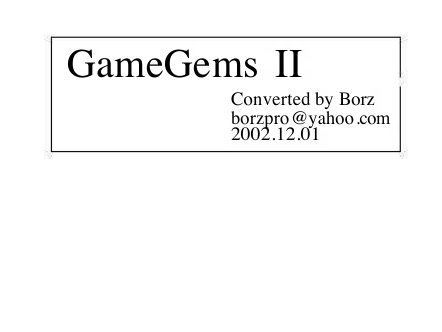
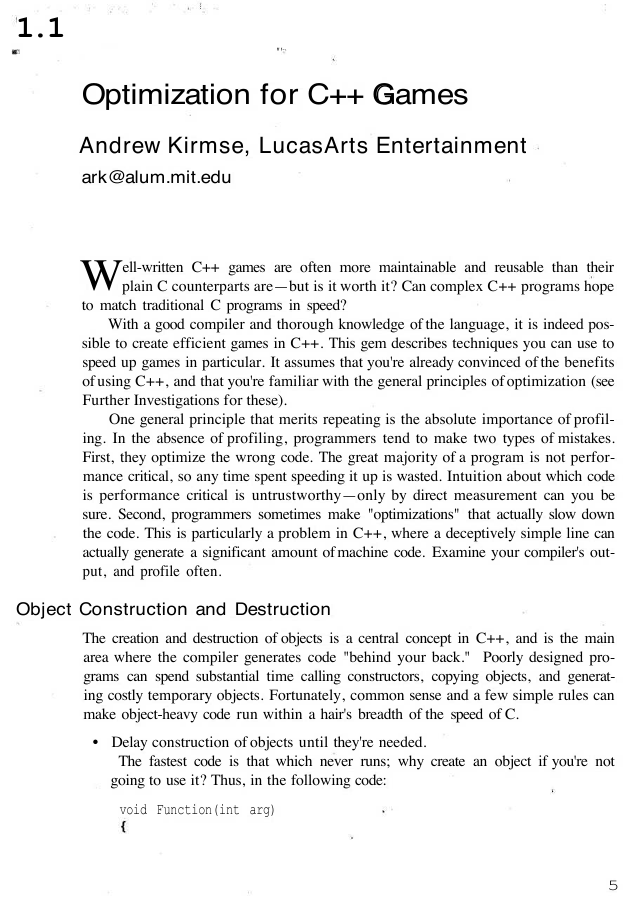

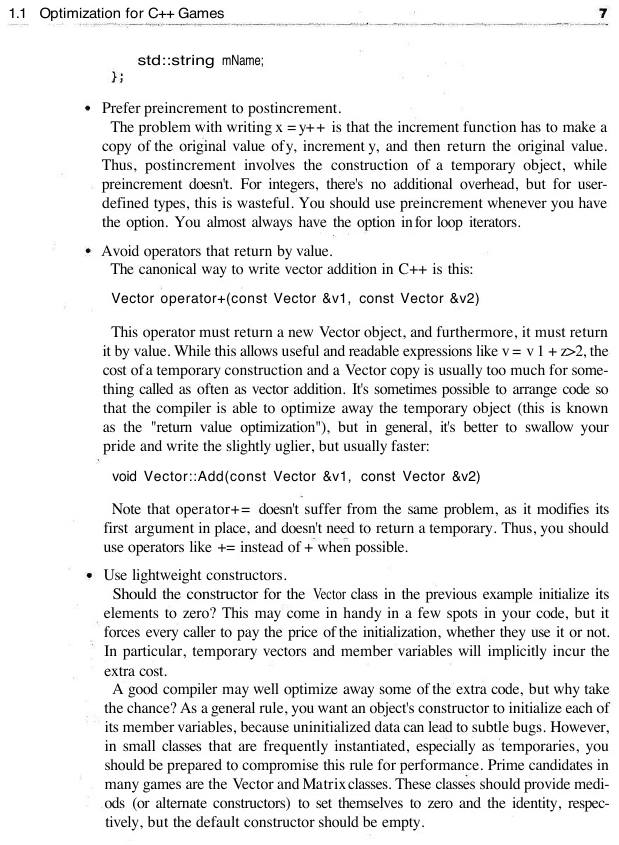
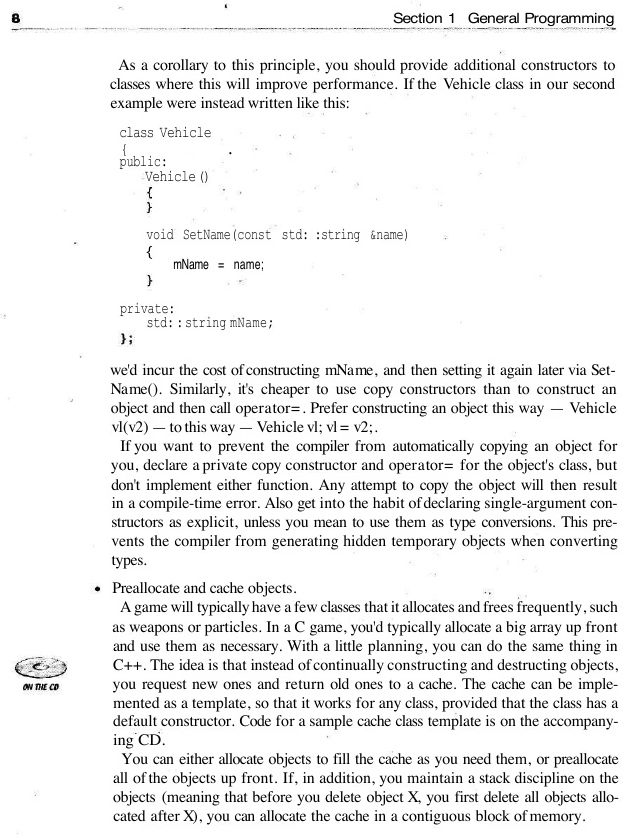
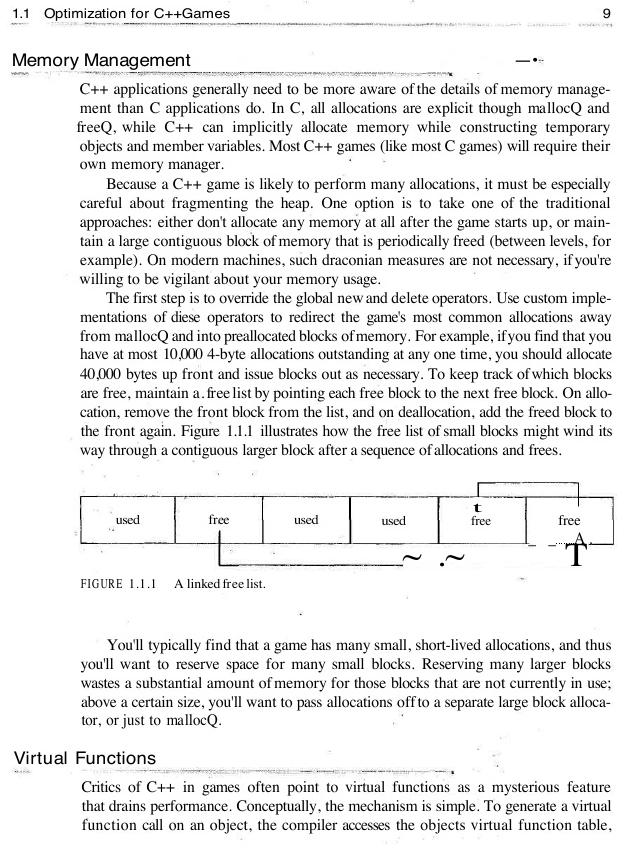

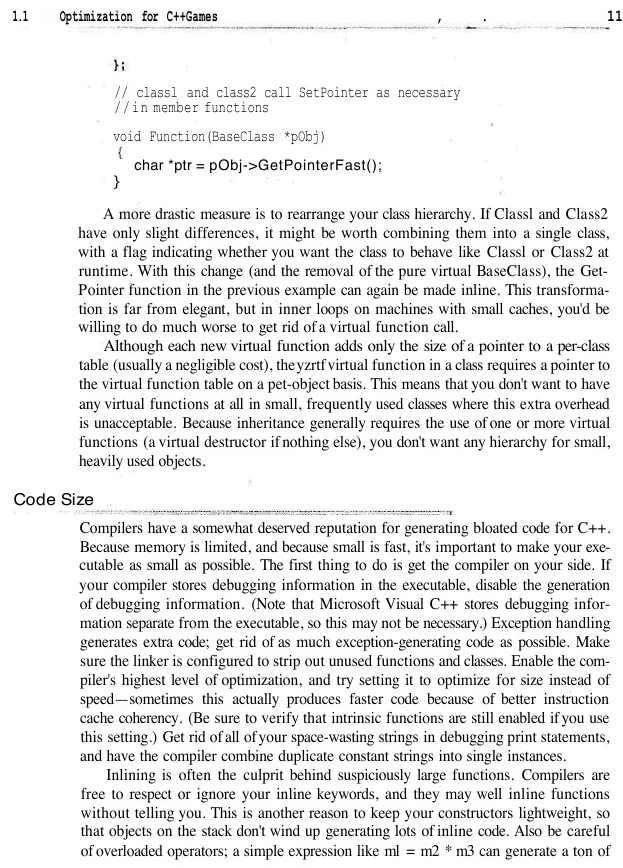








 2023年江西萍乡中考道德与法治真题及答案.doc
2023年江西萍乡中考道德与法治真题及答案.doc 2012年重庆南川中考生物真题及答案.doc
2012年重庆南川中考生物真题及答案.doc 2013年江西师范大学地理学综合及文艺理论基础考研真题.doc
2013年江西师范大学地理学综合及文艺理论基础考研真题.doc 2020年四川甘孜小升初语文真题及答案I卷.doc
2020年四川甘孜小升初语文真题及答案I卷.doc 2020年注册岩土工程师专业基础考试真题及答案.doc
2020年注册岩土工程师专业基础考试真题及答案.doc 2023-2024学年福建省厦门市九年级上学期数学月考试题及答案.doc
2023-2024学年福建省厦门市九年级上学期数学月考试题及答案.doc 2021-2022学年辽宁省沈阳市大东区九年级上学期语文期末试题及答案.doc
2021-2022学年辽宁省沈阳市大东区九年级上学期语文期末试题及答案.doc 2022-2023学年北京东城区初三第一学期物理期末试卷及答案.doc
2022-2023学年北京东城区初三第一学期物理期末试卷及答案.doc 2018上半年江西教师资格初中地理学科知识与教学能力真题及答案.doc
2018上半年江西教师资格初中地理学科知识与教学能力真题及答案.doc 2012年河北国家公务员申论考试真题及答案-省级.doc
2012年河北国家公务员申论考试真题及答案-省级.doc 2020-2021学年江苏省扬州市江都区邵樊片九年级上学期数学第一次质量检测试题及答案.doc
2020-2021学年江苏省扬州市江都区邵樊片九年级上学期数学第一次质量检测试题及答案.doc 2022下半年黑龙江教师资格证中学综合素质真题及答案.doc
2022下半年黑龙江教师资格证中学综合素质真题及答案.doc